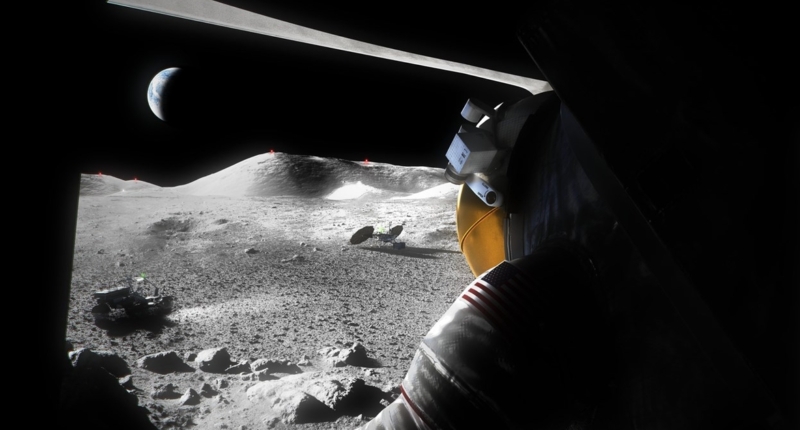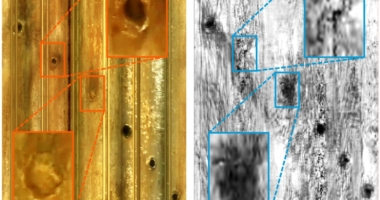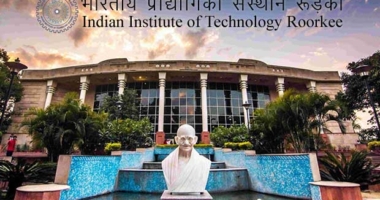NASA is inviting university students to offer ideas on how to manage lunar dust during spacecraft landing and ascent on the Moon, a key challenge to the agency’s efforts to establish a long-term human presence there. Minimizing and managing the lunar dust is critical to the success of these missions as well as to the establishment of long-term human presence on the Moon. NASA’s Human Lander Challenge is inviting college students to explore solutions to manage or prevent the cloud of dust that is kicked up during spacecraft landings on unprepared surfaces. The challenge will provide opportunities for students to work with NASA in advancing humanity’s exploration of the Moon’s South Pole region under Artemis. The top three teams will be awarded a total of $18,000, with proposals due March 4.
NASA is soliciting ideas from university students on how to address the challenges posed by plumes and lunar dust during spacecraft landing and ascent on the Moon. The goal is to minimize and manage the lunar dust that can create a more challenging landing environment and damage other assets planned for the Moon’s surface, such as habitats, mobility systems, scientific experiments, and other critical infrastructure. As part of the new Human Lander Challenge, NASA is inviting college students to explore ways to manage or prevent the cloud of dust that is kicked up during spacecraft landings on unprepared surfaces like the Moon.
Potential solutions to the lunar dust challenge might include the development of dust shields, flight instrumentation dedicated to managing plume surface interactions, finding ways to see through the dust cloud during landing, or tracking dust during ascent and descent. Around 12 teams will be selected to compete at the inaugural Human Lander Challenge Forum in June 2024 in Huntsville, Alabama. Each team will receive a $7,000 stipend to produce a technical paper and any associated design models or prototypes to present in a competitive design review to a panel of NASA and industry subject matter experts. The top three teams will be awarded a total of $18,000: $10,000 for first prize, $5,000 for second prize, and $3,000 for third prize.
NASA is focused on establishing a long-term human presence on the Moon, and minimizing and managing the lunar dust is critical to the success of this goal. The agency aims to land the first woman and the first person of color on the Moon through a series of increasingly complex missions. The challenge of managing the dust stirred up by lunar landers is a top priority, and the Human Lander Challenge provides an opportunity for students to work with NASA in advancing humanity’s exploration of the Moon’s South Pole region under Artemis. Proposals for the Human Lander Challenge are due March 4.
Don’t miss interesting posts on Famousbio










